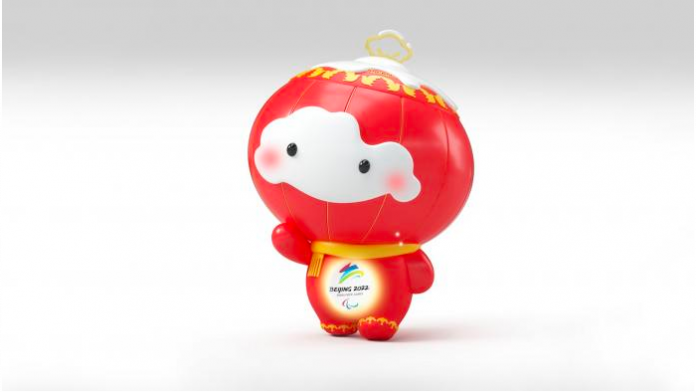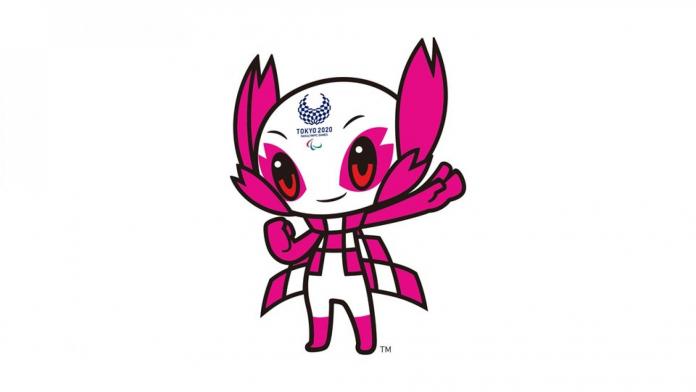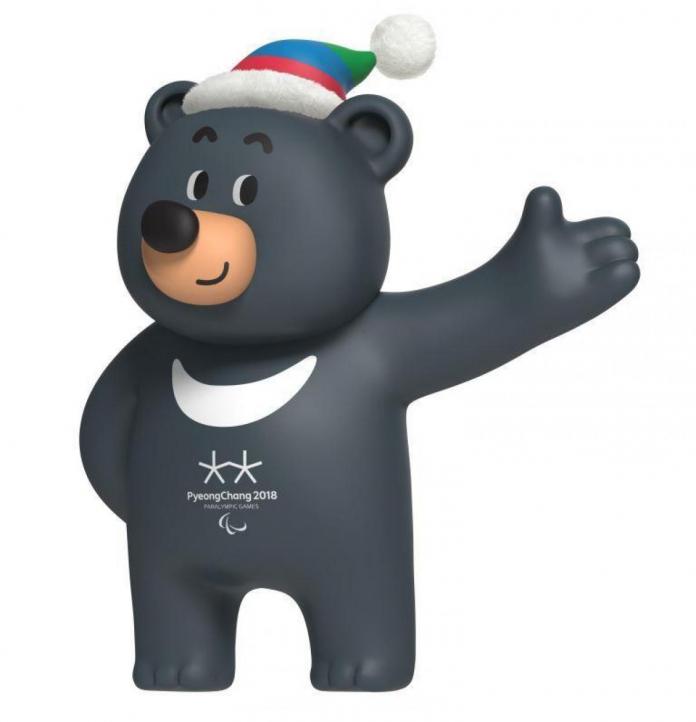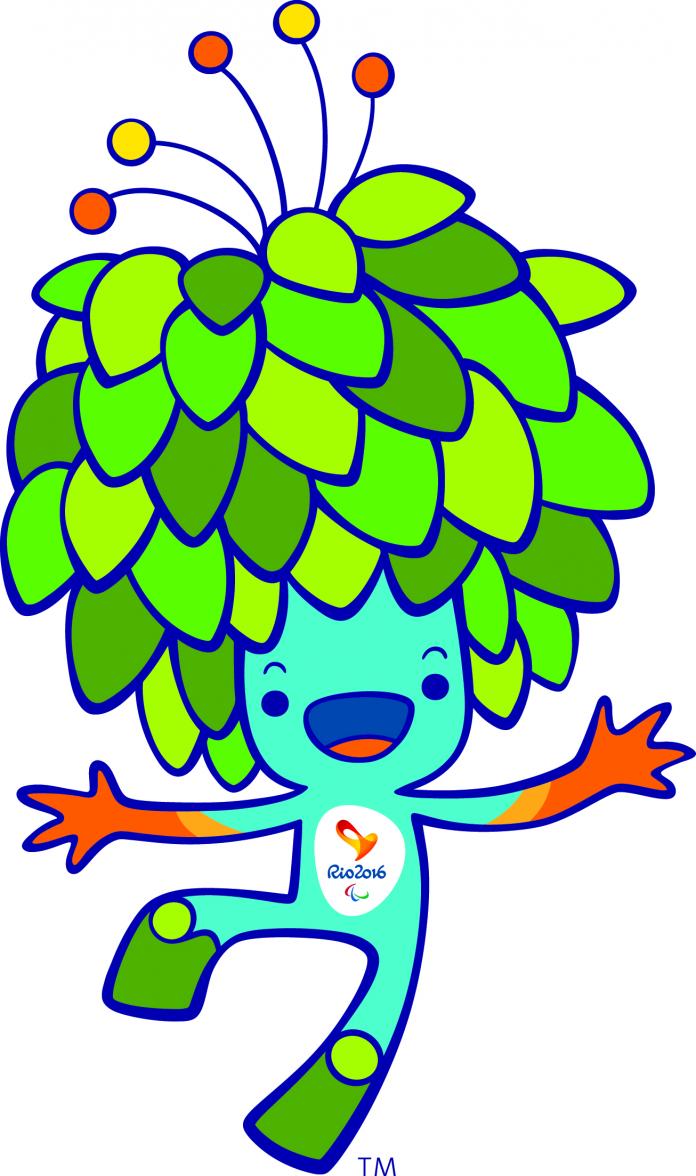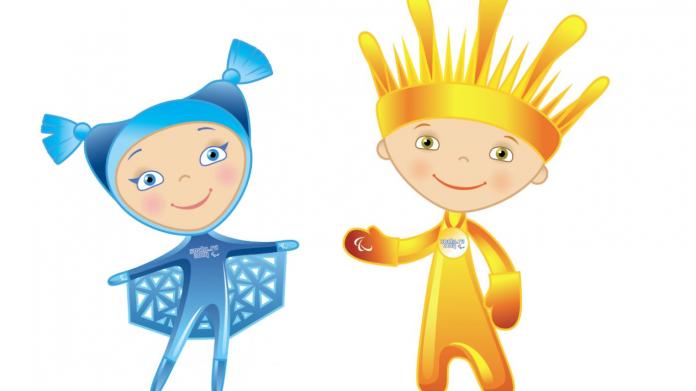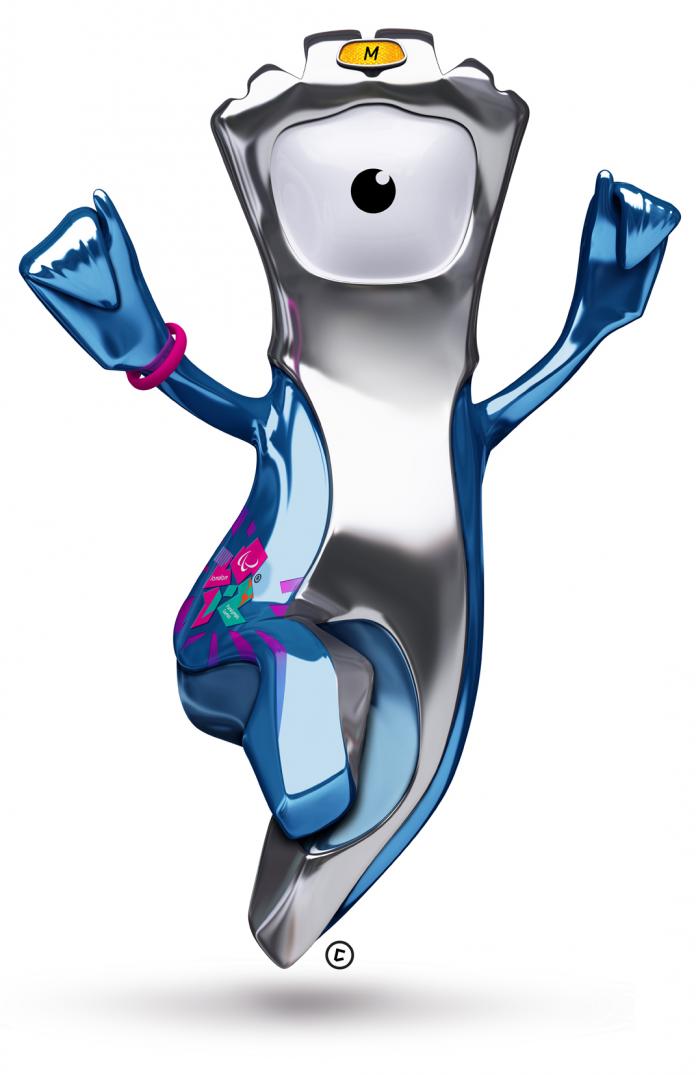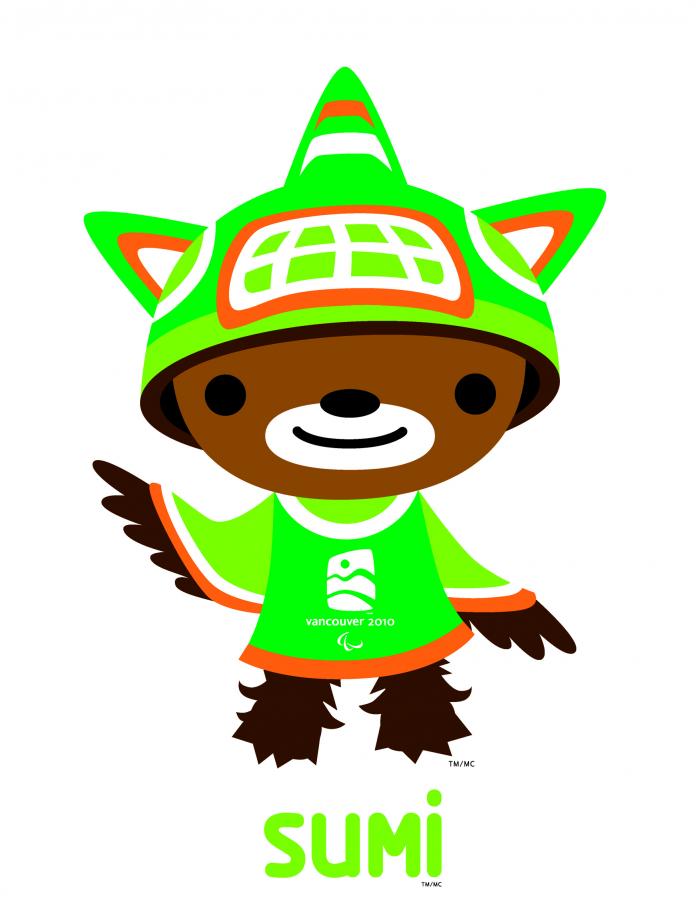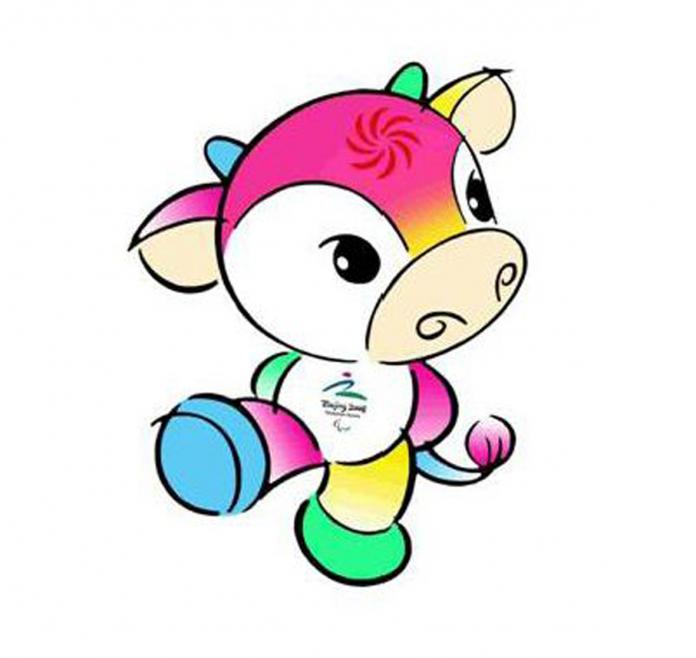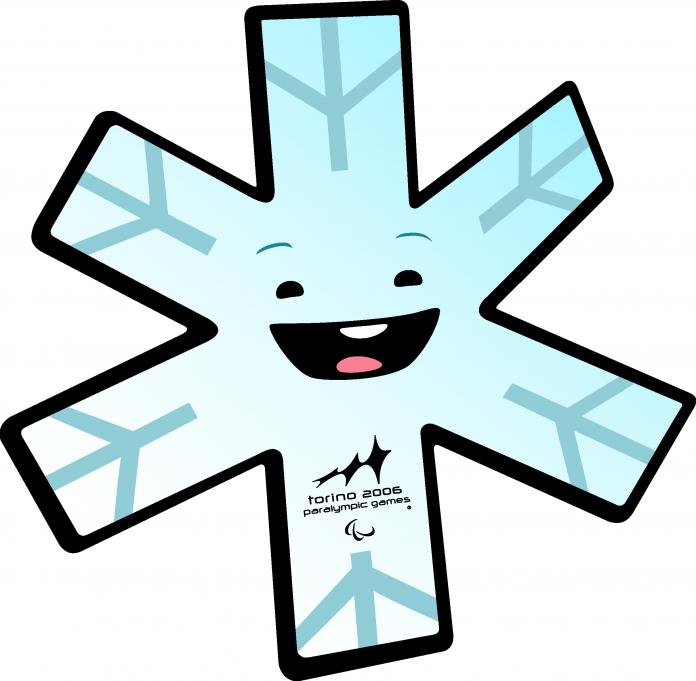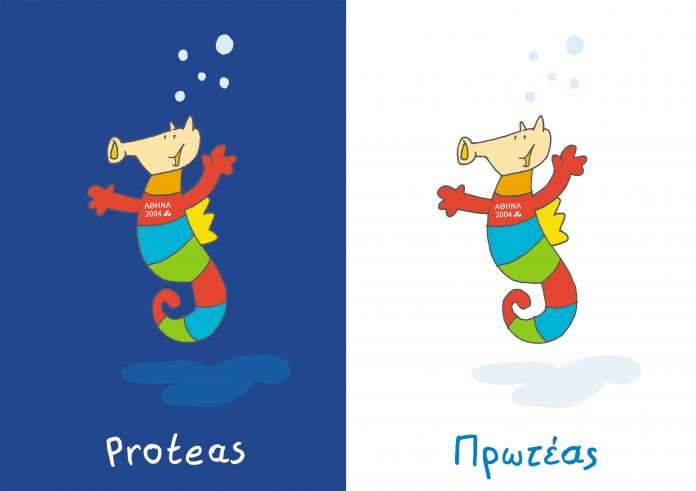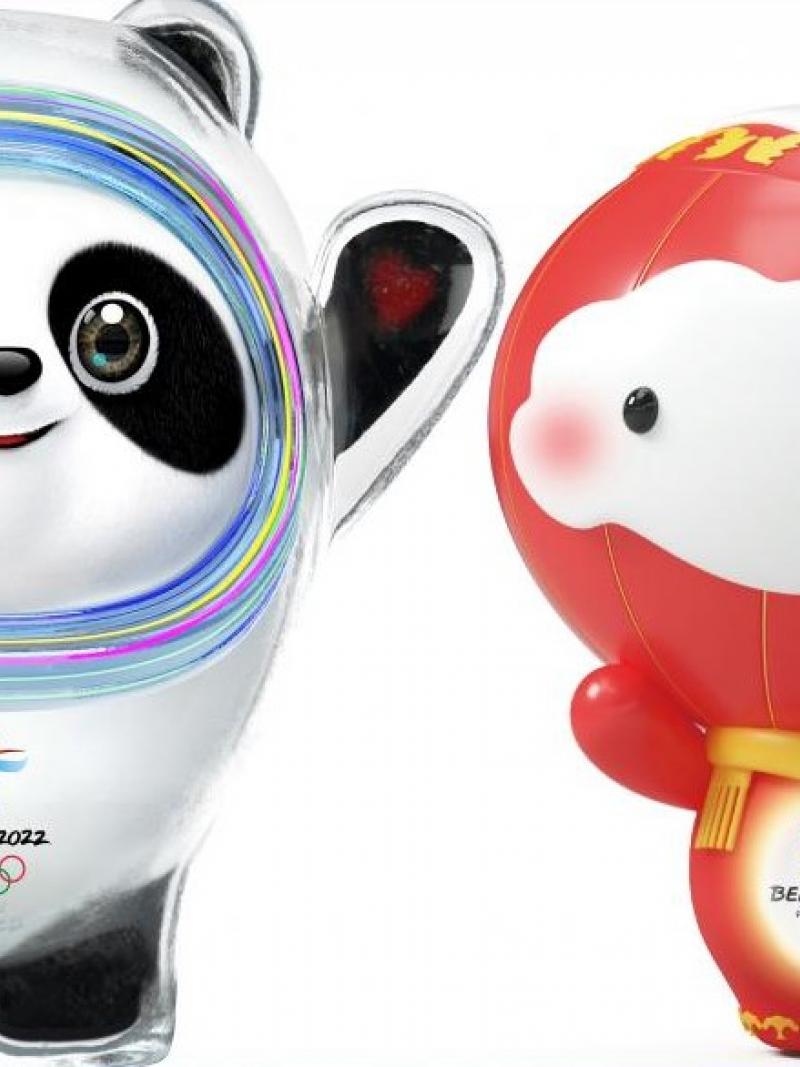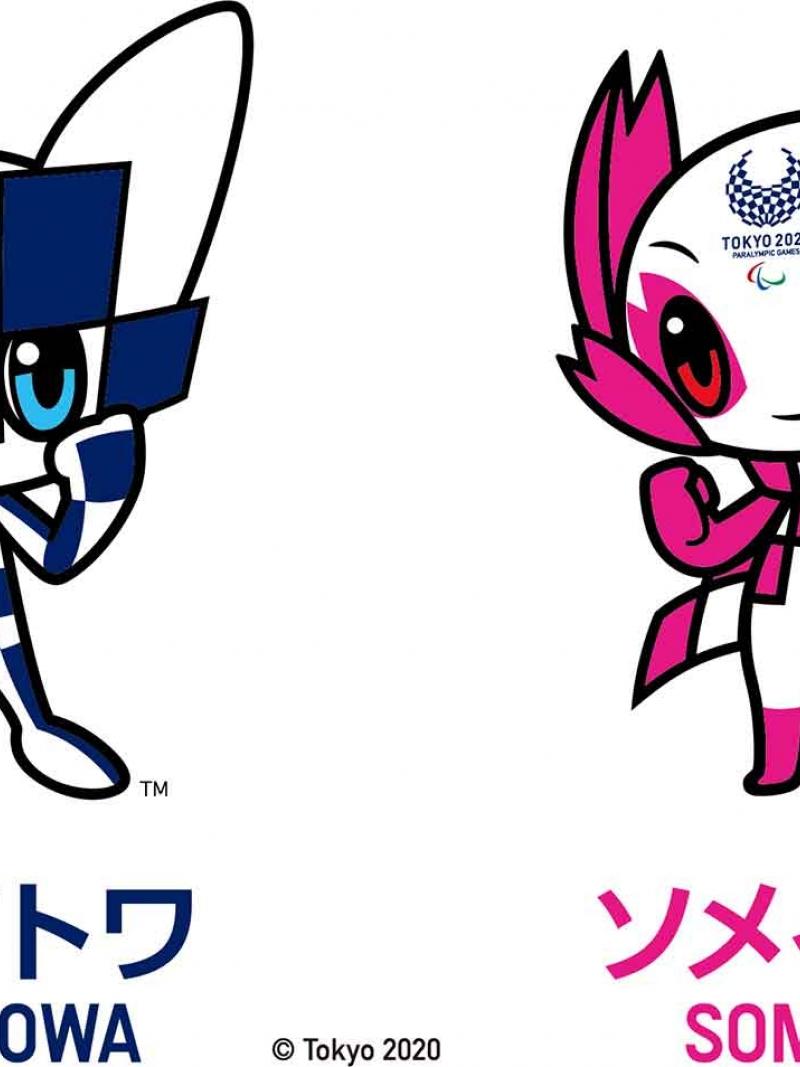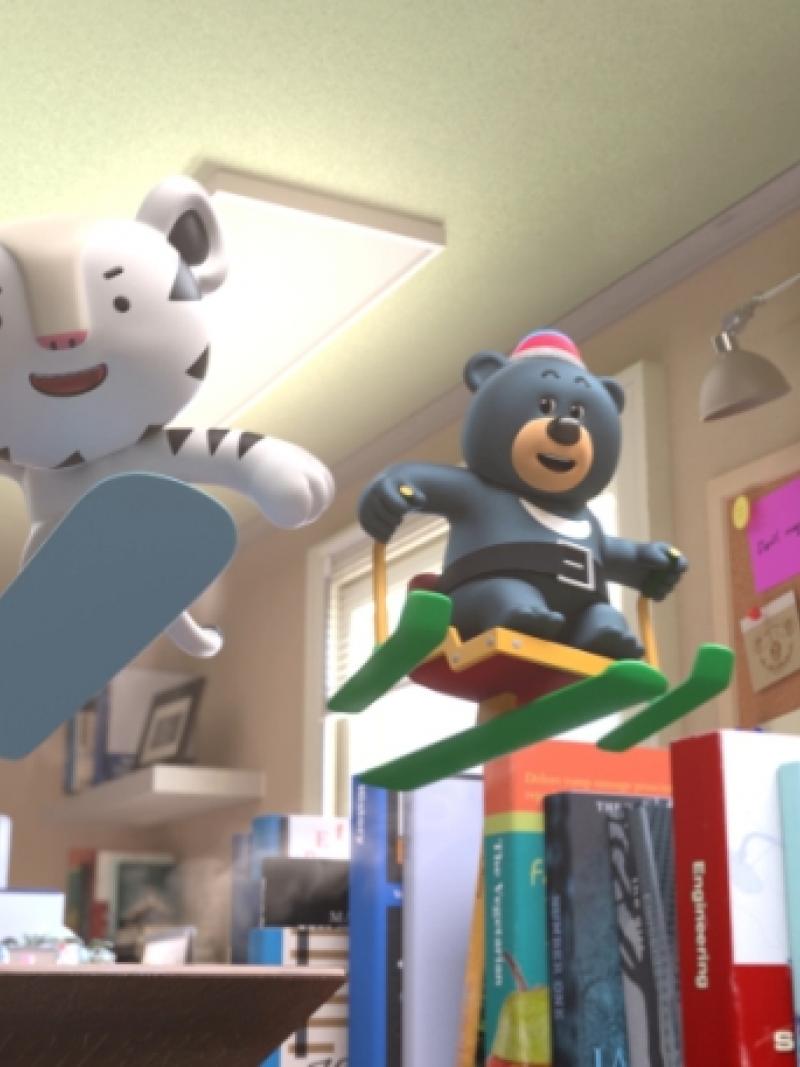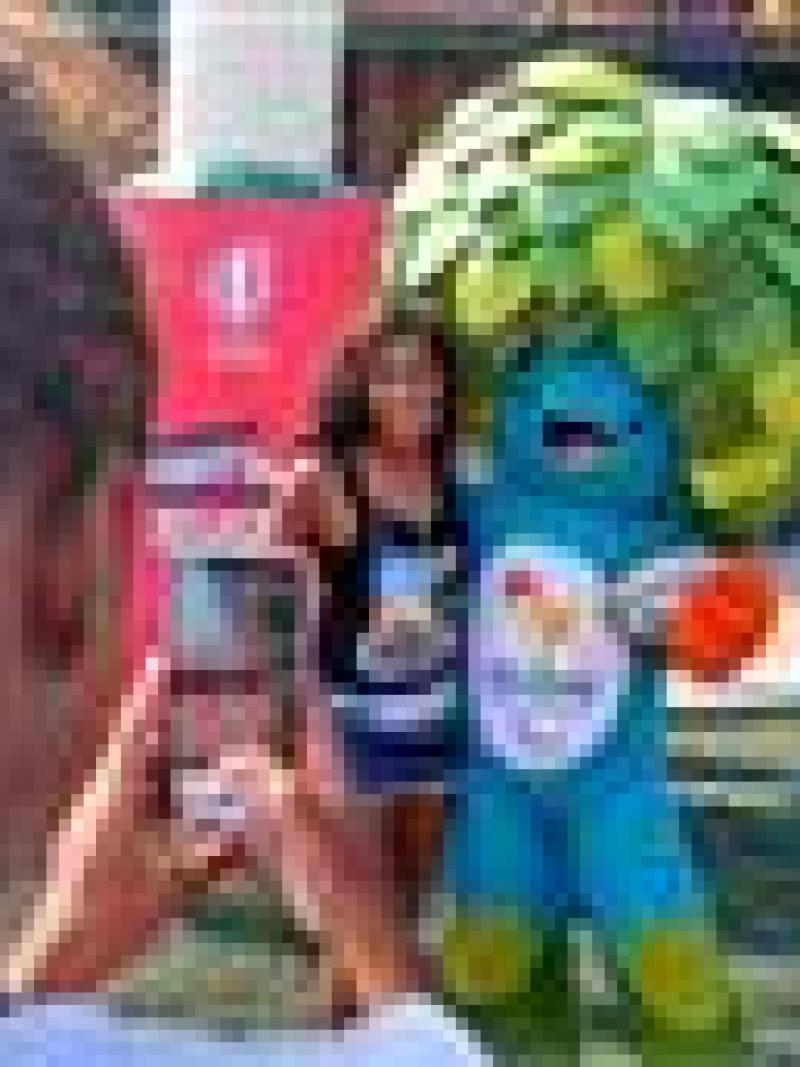Meet 10 Paralympic mascots from recent Games
As we look forward to the Paris 2024 mascots, let’s take a moment to remember the Paralympic mascots from recent Games 11 Nov 2022A red lantern, a unique mixture of Brazilian flora, and a cherry blossom-inspired figure with superpowers – mascots have been a huge part of the Paralympic Games.
The first-ever Paralympic mascots – two squirrels - were introduced at the Arnhem 1980 Games in the Netherlands, and since then, mascots have brought smiles to both athletes and fans from around the world.
As we look forward to the Paris 2024 Games mascots, we selected iconic mascots from recent Summer and Winter Paralympic Games and some interesting facts about them.
1. Shuey Rhon Rhon (Beijing 2022)
Shuey Rhon Rhon is a red Chinese lantern child that welcomed athletes at the most recent Paralympic Games. Stuffed toys of the mascot were a big hit in the host country and just like a lantern, Shuey Rhon Rhon brightened the atmosphere at the Games.
The Chinese lantern is a millennia-old cultural symbol associated with harvest, celebration, prosperity and brightness. Red is the most auspicious and festive colour of the country, and its overall design draws from traditional Chinese paper cutting.
Do you know why the mascot’s heart is glowing? The glow symbolises warmth, friendship, courage and perseverance of Para athletes, who light up the dreams of millions of people every day.
2. Someity (Tokyo 2020)
Meet Someity, the futuristic mascot from the Tokyo 2020 Paralympic Games. Its name comes from “Someiyoshino,” the name of a popular variety of cherry tree.
Someity is usually calm and quiet, but it can exhibit great power when necessary. Do you know what the Paralympic mascot can do?
It can send and receive messages telepathically using the cherry blossom tactile sensors on both sides of its face. It can also fly using its cloak featuring Japan’s traditional ichimatsu pattern. Someity can even talk to stones and wind, and it can move things just by looking at them.
3. Bandabi (PyeongChang 2018)
Bandabi, the Asiatic black bear, captured the hearts of athletes and spectators in the snowy mountains of PyeongChang in 2018. The mascot symbolises strong will and courage.
But why a black bear? Along with the white tiger, the motif of the Olympic mascot Soohorang, the two animals appear in South Korea’s foundation mythology and are closely associated with Korean culture and folklore.
The cuddly black bear with a cap in red, blue and green – the colours of the Paralympics' three Agitos symbol – skateboarded into the stadium during the Opening Ceremony, and it also pulled off some amazing dance moves during the Games.
4. Tom (Rio 2016)
Tom, the mascot of Rio 2016, is a unique mixture of the Brazilian flora. He is able to constantly transform with determination and growing joy. In fact, Tom and Vinicius, the Rio 2016 Olympic mascot, were born out of an explosion of joy.
The mascot is also constantly on the move and believes there is no obstacle too hard to overcome. Tom can pull anything from his big head of leaves to solve even the hairiest of problems.
So who is Tom named after? Following a public vote, the mascot was named after Brazilian musician Tom Jobim, who along with Vinicius de Moraes, are known as the leading figures of Bossa Nova. They were the creators of the “The Girl from Ipanema,” the popular song about a girl from the neighbourhood located in the southern part of Rio de Janeiro.
5. Ray of Light and Snowflake (Sochi 2014)
Ray of Light and Snowflake, the mascots of the Sochi 2014 Paralympic Games, came from outside of the Earth.
Ray of Light, which has amber skin and bright, large eyes and hair looking like flames, landed on Earth first and soon found out that he and people have a lot in common. But he felt lonely until he saw a shooting star falling to earth, which turned out to be Snowflake – a girl with skin as white as snow, coming from a planet that was perpetually cold.
Do you know the winter sports that the mascots invented together? The Ray of Light and Snowflake invented wheelchair curling and ice sledge hockey.
6. Mandeville (London 2012)
This is Mandeville, the Paralympic mascot from the London 2012 Games. Its name comes from the Stoke Mandeville Hospital in Great Britain, where the predecessor of today’s Paralympic Games was held.
Can you guess where Mandeville’s unique design comes from?
Mandeville and the Olympic mascot Wenlock were formed from the last steel girder of the Olympic stadium and made of polished steel to reflect the appearances of people they meet. The mascot’s eye is a camera and the yellow light on its forehead is inspired by a London taxi.
The three spikes on its head represents the three Agitos, and it has a timer around its wrist so it can always beat its personal best.
7. Sumi (Vancouver 2010)
Meet Sumi, the mascot of the Vancouver 2010 Winter Games. The mascot wears the hat of the orca whale, flies with the wings of the mighty thunderbird and runs on the furry legs of the black bear.
Sumi is passionate about the environment and an avid fan of all Paralympic sports. Sumi and Olympic mascots Miga, a snowboarding sea bear, and Quatchi, a shy and gentle giant, were joined by a sidekick named Mukmuk during the Games.
What does Sumi represent? Sumi’s name is based on “Sumesh,” the Salish word for guardian spirit. It represents diverse backgrounds not only of people in Canada, the host country, but also of the athletes who gathered in Vancouver for the Games.
8. Fu Niu Lele (Beijing 2008)
Fu Niu Lele is a lucky cow from the Beijing 2008 Summer Paralympics. The designer of the mascot grew up on a farm and thought that cows were gentle creatures that formed bonds with humans.
The mascots’ bright colours are taken from traditional Chinese New Years’ drawings and gifts.
Do you know what Fu Niu Lele mean? It literally means “Good luck! (Fu) cow (Niu) happiness (Lele)."
9. Aster (Torino 2006)
Athletes competing at the Paralympics are unique, just like snowflakes. Aster, the mascot of the Torino 2006 Winter Paralympic Games, reflects that concept. Aster represents the unique way an individual can practice sport, and also their unique way of life.
10. Proteas (Athens 2004)
Meet Proteas the seahorse from the Athens 2004 Summer Paralympic Games.
What does the mascot represent? Proteas was created to express the values of the Athens 2004 Games – Strength, Pursuit, Inspiration and Celebration.





